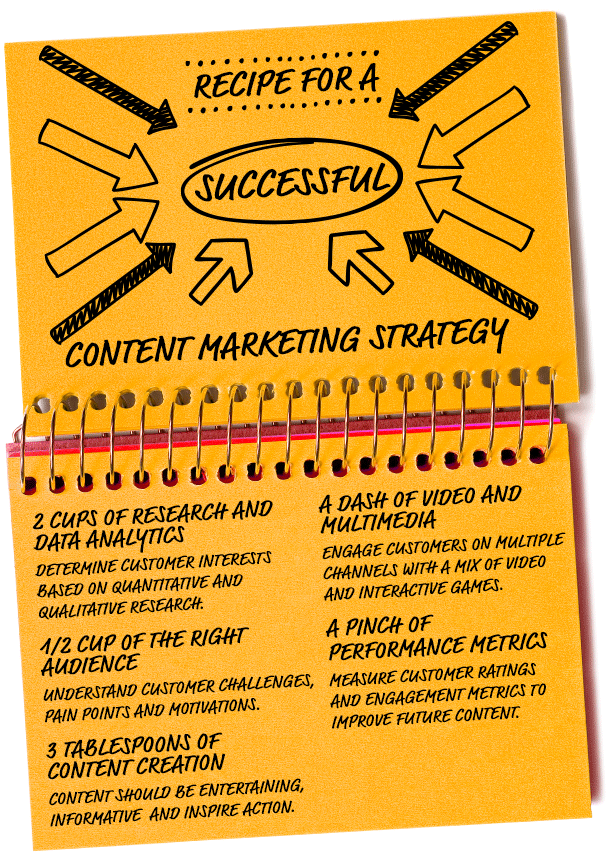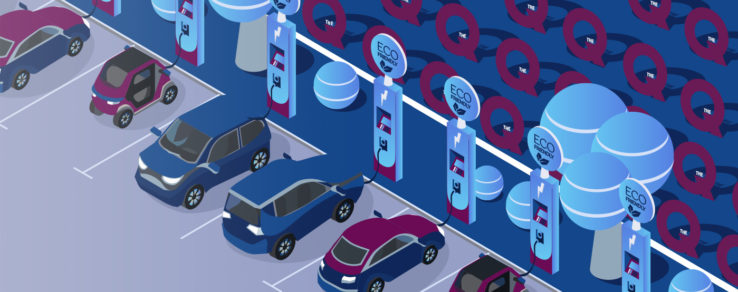Using humor as part of a marketing campaign is a tried-and-true way to make a memorable connection with your audience.
The Super Bowl is one of the most expensive and high-profile marketing events of the year. (It’s also a football game.) USA Today estimates that “one-quarter of Americans watch the Super Bowl for commercials alone” and that these commercials are largely made up of two main emotions: sentimental or silly. Inevitably the big game is followed by days of conversations and video sharing — not about exciting touchdowns or missed passes, but about hilarious ads.
Why is this such a universal phenomenon? Simply put, humor works. We remember the Super Bowl commercials that make us laugh, and we want to talk about them with our friends.
Energy utilities can benefit from this same appeal. While an outrageous Super Bowl ad might be off-brand for most utilities, a little laughter can still be effective — and appropriate — for making energy content more engaging and memorable.
Learn the main reasons why humor is an effective marketing strategy to increase brand awareness and customer engagement.
Humor creates rapport with your audience
Non-offensive jokes can easily establish likeability and trust. Most great speeches often begin with a joke. Humor not only humanizes your energy utility, but also creates a connection with your customers. Humor works best when it is based upon shared experiences. For example, Questline Digital’s article “Go Green, Save Energy and Feel Smug” establishes a universal emotion of pride and triumph while also highlighting energy efficiency in an unexpected way.
Humor helps trigger memory

A goal of content marketing is to create brand recognition in customers’ minds. Studies show that consumers are most likely to remember information (and where they received it) that they perceive as humorous. For example, Questline Digital’s video series “Don’t Do It Dave!” demonstrates the importance of household safety in a way that is fun and memorable. It’s far more likely to prompt corrective customer behavior than dry, serious content.
There are pitfalls, of course, with this approach. In fact, several well-known marketing campaigns have experienced backlash over a poorly executed punchline or pun. By taking advantage of content that has been previously shared and well-received you can avoid this danger.
Remember, when done well, humorous content is a fun and unique way to engage with customers. Make sure your energy utility is using humor in a way that fits your brand and customers’ interests, and you will surely see customer satisfaction increase.






